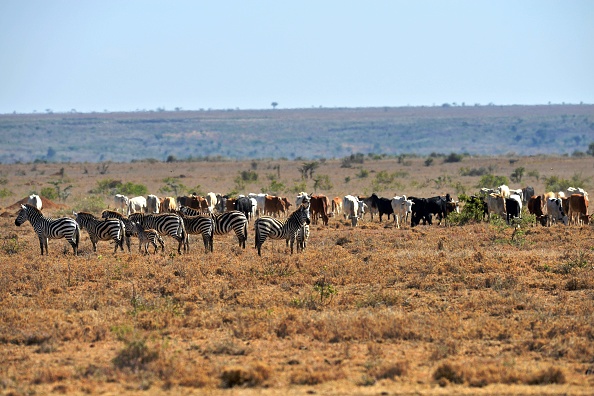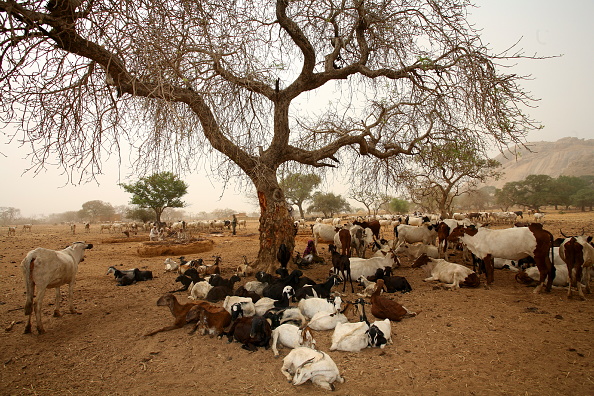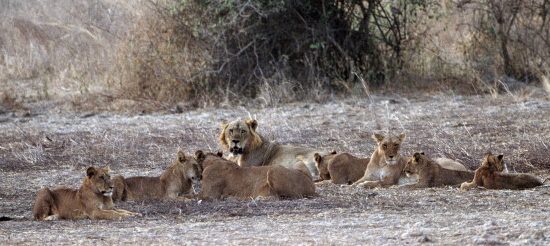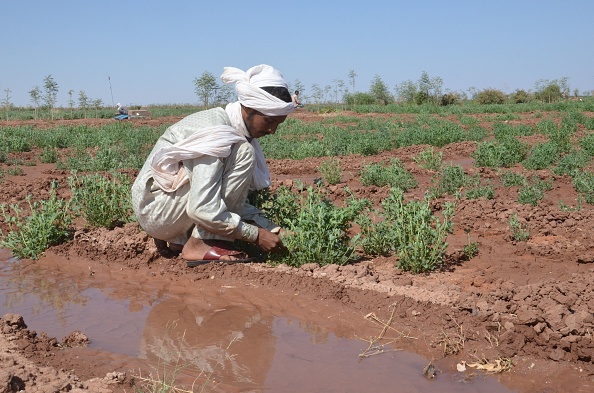Pastoralists are a critical but overlooked element of conservation and environmental policy and programming. Erratic weather and prolonged drought, punctuated by increased rainfall in some areas, make transhumance increasingly hazardous and uncertain. This is not a fundamentally new challenge – mobile pastoralism is a system especially suited to handle environmental fluctuations and scarce water and pasture. However, the increasing desertification of the Sahel, soil erosion, and other long-term pressures will make pastoral livelihoods ever more difficult over time. As the total number of livestock rises to accommodate demand, larger herds can quickly exhaust communal lands. Some short-term strategies to help rural populations adapt to resource scarcity and erratic weather, however, can spark tensions. Promoting resilience by diversifying livelihoods (e.g., farming, fishing) is a common approach, but even this can create competition and conflict at the community level.
Pastoralists can be natural allies in conservation. Adaptive and flexible, pastoralism is often seen as a less destructive system of livestock production. It avoids land degradation by not concentrating herds in single locations for long periods, exhausting surrounding resources. Pastoralism may also reduce the emergence or spread of zoonotic diseases that propagate faster in concentrated livestock production sites.
The ecological consequences of pastoralism, however, must be acknowledged alongside its promises and potential. Where pastoral herds are distant from veterinary services, they can act as vectors for diseases originating with wildlife or vice versa. In many protected areas, such as the Zakouma National Park (Chad), Chinko Reserve (CAR) and the W-Pendjari Biosphere Reserve (Benin, Burkina Faso, Niger), pastoralists sometimes engage in poaching or wildlife product trafficking (e.g., ivory). As a result, some conservationists treat pastoralists as adversaries instead of allies. Designating rangelands as protected zones can limit pastoral access to grazing and migration routes. Balancing these competing interests requires closer study of the roles, both positive and negative, that pastoralists play in a region whose environmental vulnerabilities are attracting global concern.
Many arid landscapes host both livestock and at-risk wildlife. Pastoralists travel through these lands while on migration, which can disrupt the balance of fragile ecosystems and present a risk to endangered species. Even within officially protected lands, state authorities or civil society wildlife protectors may have limited capacity to enforce the rules over land use or adjudicate competing interests from pastoralists and park managers. Pastoralists in some regions depend on access to protected land for resources or evading armed groups. Efforts to block pastoralists from accessing these lands (fencing, park rangers, etc.) can escalate tensions without necessarily offering a workable solution. Instead, external interventions should look for “win-win” solutions, such as participatory management models where pastoralists maintain limited access and engage in local decision-making.
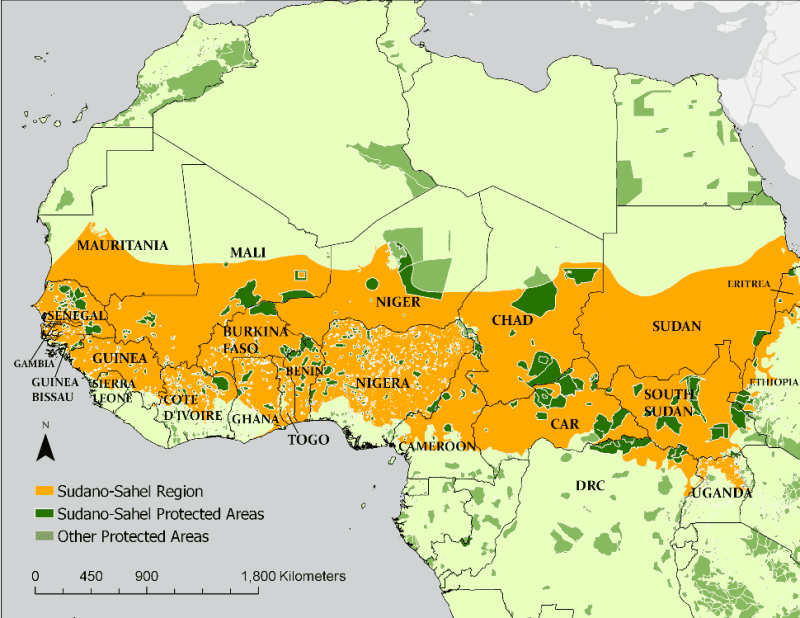
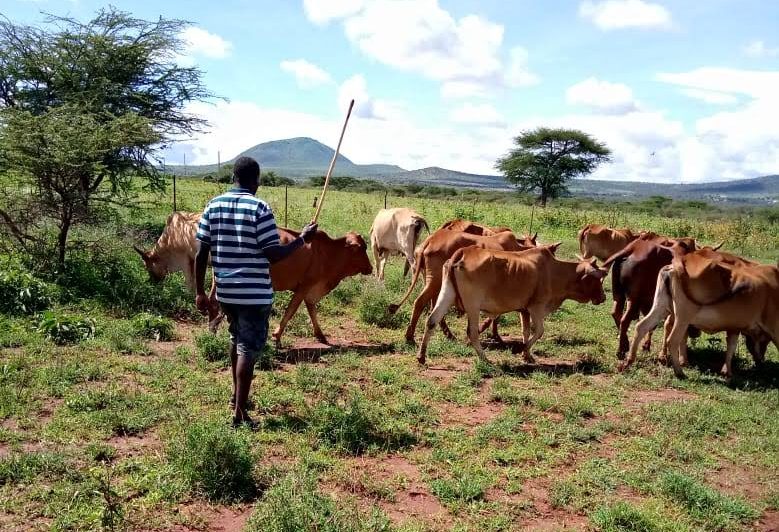
In Kenya, the Northern Rangelands Trust has adopted an approach to managing wildlife conservancies that prioritizes building partnerships with local pastoralists and supporting pastoralist livelihoods. The Trust takes steps to build good faith relationships with the pastoralist communities who operate in conservancies, by serving as an intermediary in purchasing livestock at stable rates and taking them to market. This trust enables local leaders to implement effective participatory management practices. In the West Gate Conservancy, for example, the practice of allowing cattle to graze freely was identified as a contributing factor in the ecological degradation of the grasslands. Local leaders proposed an alternating grazing scheme, similar to fallowing in agriculture, that consolidated herds into one area at a time, allowing neighboring areas to recover.
Increasingly erratic weather, droughts, and storms associated with climate change have led to substantial investments in resilient rural livelihoods and sustainable food production. Such investments can help rural populations avert severe food shortages, and keep illicit economies to a minimum, and assist in coping with new environmental pressures. However, these programs can also inadvertently reinforce the sources of conflict between pastoralists and settled rural communities. Investments in expanding land used for agriculture, for example, can encourage farmers to incur into pastoral migration corridors. Programs to encourage pastoralists to diversify their livelihoods – through farming, fishing, or other trades – can fuel new forms of competition over access to land or waterways. Interventions focusing on building resilient rural livelihoods need to prioritize Do No Harm principles and conflict sensitivity in design and delivery, even where armed conflict is absent. (See also Module – Rural Development for more information on rural livelihood interventions).

Access to grazing and water resources can be unpredictable in the Sahel, particularly as climate change affects rainfall patterns. For some, adapting to climate change may involve taking up livelihoods that are less subject to instability, but efforts have also been made to stabilize pastoralists’ ability to make informed decisions about where to travel in search of pasture or water. In Mali, SNV – the Netherlands Development Organization – and the Netherlands Space Office developed a dedicated information service for pastoralists known as GARBAL. The system provides pastoralists with access to satellite data on available food and water resources along different migration routes that can be accessed through a mobile phone service, which informs their decisions about where to travel.
Photo: Cattle drinking at a water hole in Mali. Credit: Leif Brottem
Public officials and activists frequently point to pastoralism-related violence as a key example of the need for global action on climate change. Often, the argument is that conflicts between pastoralists and farmers are increasing due to the scarcity of resources caused by drought or the depletion of critical water resources, as is the case in the Lake Chad Basin. While climate has a real impact on livestock and crop production, framing conflict as an inevitable consequence of a global phenomenon both overly simplifies a complex issue and shifts focus away from local solutions. Global action on climate change is essential for the Sudano-Sahel, but it is not a precondition for preventing conflict. Public officials and media outlets have a critical role to play in framing the public conversation about pastoralism and climate and driving both long-term actions to mitigate the impact of climate change and short-term actions to prevent violent conflict.
